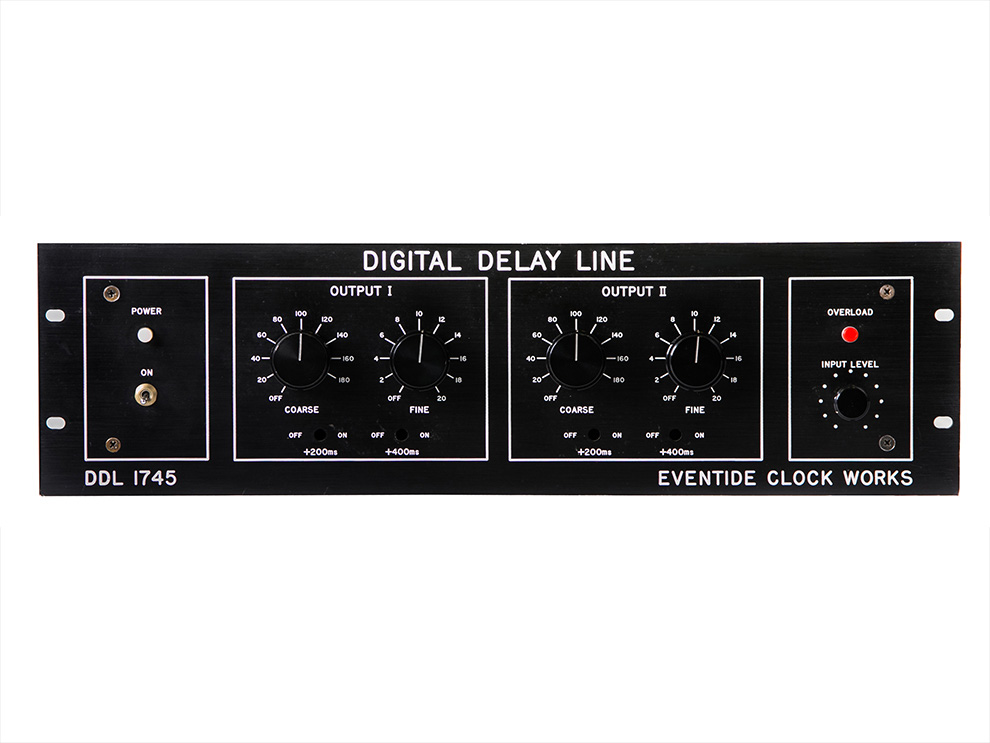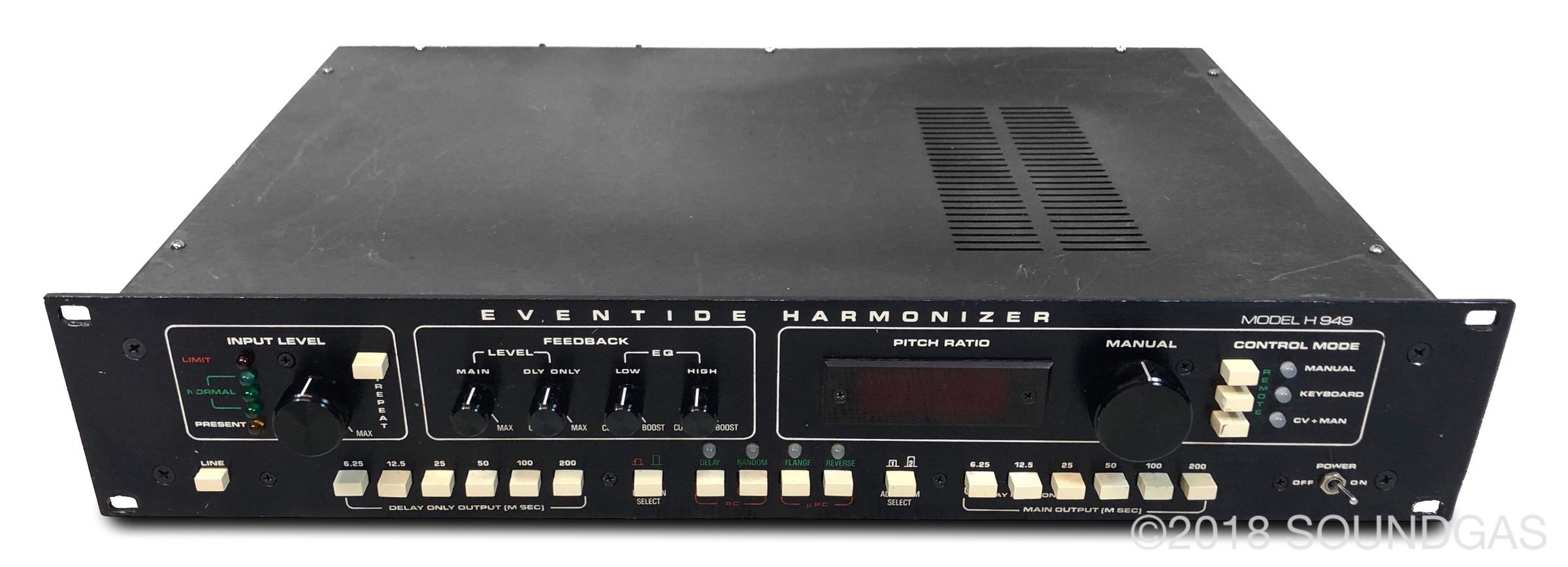

Reverb and delay plugins are common tools for every modern mixing engineer - most DAWs even include their own effects plugins for free.


The mic signal was then sent to a transducer attached to the frame, causing it to vibrate, and a small dampening plate controlled by a motor was used to dial in the length of the reverb. It was created by suspending a 6 x 10’ sheet of metal inside a giant steel casing. EMT 140Įlektro-Mess-Technik, better known as EMT, introduced the very first plate reverb in 1957: the EMT 140 Reverberation Unit. Just like analog EQs and compressors, some engineers still swear by what these hardware units provide, which is why all the following reverb and delay units have plugin emulations. Many of these effects units produced have been used on countless hit records over the years. Putnam went on to install reverb chambers in studios all across the country - until outboard reverb and delay units became increasingly available in the late 50s. was the first engineer to use “artificial reverb” on a track (“ Peg o’ My Heart” by The Harmonicats, which was a huge hit). In 1947 Universal Audio’s Bill Putnam, Sr. But up until around the 40s, the only way to apply reverb to a recording was to move the mic further away from the sound source - and the only way to apply delay was by daisy-chaining two tape machines together.


 0 kommentar(er)
0 kommentar(er)
